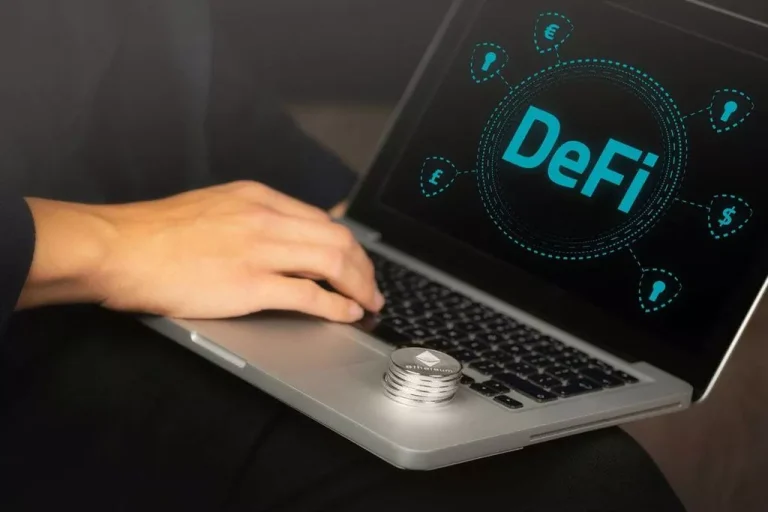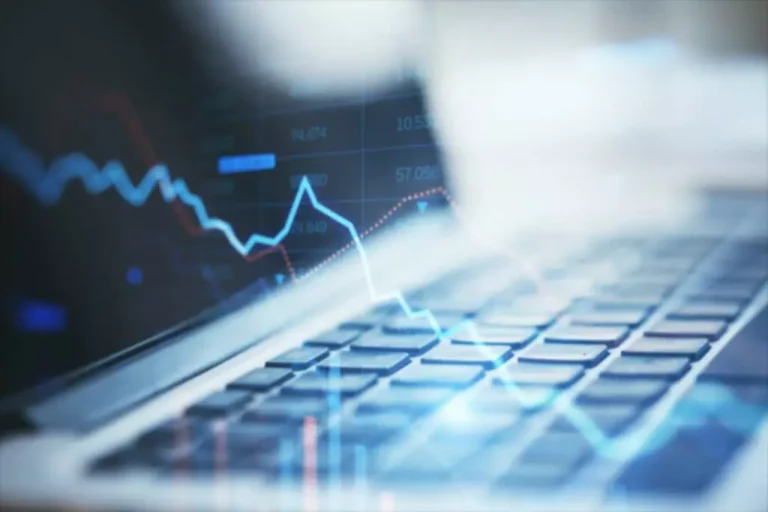While automated market makers may be hugely useful within DEXs, they definitely pose certain dangers for merchants and buyers. This is why it is at all times necessary to understand no matter DeFi service you need to use before putting any of your funds forward. That method, you probably can prepare as much as possible https://www.xcritical.com/ for surprising price dips or crashes. The first decentralized exchange to launch a profitable automated market maker was Uniswap, which exists on the Ethereum blockchain. Since its launch in 2018, automated market makers have become much more frequent in the DeFi realm. Curve Finance is an automated market maker-based DEX with a unique positioning of being a dominating stablecoin trade.

While DEXs clear up a few of the current problems with digital finance by utilizing AMMs, there are still some risks. In a sense, AMMs are type of like a merchandising machine for tokens; they’re all the time on and they’ll all the time provide you with tokens – but you might not get them on the price you want. Learn extra about Consensus 2024, CoinDesk’s longest-running and most influential event that brings together all sides of crypto, blockchain and Web3.
What’s An Automatic Market Maker (amm)? Amms Explained
Meanwhile, market makers on order guide exchanges can management precisely the worth factors at which they want to buy and promote tokens. This leads to very high capital effectivity, but with the trade-off of requiring active participation and oversight of liquidity provisioning. Underpinning AMMs are liquidity pools, a crowdsourced collection of crypto assets that the AMM makes use of to commerce with folks buying or promoting one of these property. The users that deposit their belongings to the pools are often identified as liquidity suppliers (LPs). On a crypto trade, a single liquidity pool incorporates a big pile of property locked in a sensible contract.
This enables Curve to be a dependable DEX with low slippage since costs of stablecoins are usually less unstable than many different cryptocurrencies (usually inside a value band of $0.95 – $1.05). For instance, Uniswap V2 supplied traders the ability to create liquidity for any ERC-20 token pair. And V3 offers concentrated liquidity, a characteristic that lets liquidity providers earn similar buying and selling fees at lower threat, since not all their capital is at stake. With centralized exchanges, a buyer can see all the asks, corresponding to the costs at which sellers are keen to sell a given cryptocurrency. While this provides more choices for a buyer to buy crypto assets, the ready time for a perfect match may be too long for their liking.
With this explicit formula, any given pool utilizing the AMM must keep the identical complete liquidity on a constant basis, which means that the “k” in this equation is a constant. Other DEXs use more sophisticated formulation, however we won’t get into them today. Cryptopedia doesn’t assure the reliability of the Site content and shall not be held liable for any errors, omissions, or inaccuracies.
Andrey Sergeenkov is a freelance writer whose work has appeared in plenty of cryptocurrency publications, together with CoinDesk, Coinmarketcap, Cointelegraph and Hackermoon. In such a scenario, we say that the liquidity of the belongings in query is low. The constant formula is a unique part of AMMs — it determines how the different AMMs operate.
Risks Of First-gen Automated Market Makers
DeFi protocols encourage customers to turn into liquidity providers with incentives. An instance of an incentive could probably be a fraction of all of the transaction charges paid in the pool by traders. Balancer presents multi-asset swimming pools to increase exposure to totally different crypto assets and deepen liquidity. As lengthy as you do not withdraw deposited tokens at a time that the pool is experiencing a shift in value ratio, it’s still potential to mitigate this loss.

A liquidity pool refers to a digital pool of crypto assets present within a sensible contract on a blockchain. These swimming pools sometimes have two tokens, however in some situations, they could have greater than two tokens. These good contracts use the asset liquidity contributed by liquidity providers to execute trades. As its name implies, market making connotes the method involved in defining the prices of property and concurrently offering liquidity to the market. In other words, a market maker does create liquidity for a financial asset.
Be Part Of Our Free E-newsletter For Every Day Crypto Updates!
On centralized exchanges, intermediaries corresponding to experienced merchants, hedge funds, and professional buying and selling corporations act as market makers. They are those providing liquidity to the change automated market makers crypto, ensuring that purchase and promote orders are matched always. Moreover, market makers stop exchanges from having low liquidity, thereby avoiding excessive value slippage.
While other kinds of decentralized trade (DEX) designs exist, AMM-based DEXs have become extraordinarily well-liked, providing deep liquidity for a variety of digital tokens. So, if you want to use a completely decentralized trade, you may come into contact with an automatic market maker. In Vitalik Buterin’s original post calling for automated or on-chain cash markets, he emphasised that AMMs should not be the one out there choice for decentralized trading. Instead, there wanted to be many ways to commerce tokens, since non-AMM exchanges were important to maintaining AMM prices accurate. What he didn’t foresee, nonetheless, was the development of assorted approaches to AMMs. Balancer is an n-dimensional, Ethereum-based AMM that allows anyone to create or add liquidity to customizable swimming pools and earn liquidity provider rewards.
Liquidity Pools And Liquidity Suppliers
To achieve a fluid trading system, centralized exchanges depend on professional merchants or monetary establishments to provide liquidity for trading pairs. These entities create a number of bid-ask orders to match the orders of retail merchants. With this, the trade can ensure that counterparties are all the time obtainable for all trades. In different words, market makers facilitate the processes required to supply liquidity for buying and selling pairs. In DeFi protocols like an automated market maker, any individual can create liquidity swimming pools and add liquidity to a buying and selling pair.
Get crypto market evaluation and curated information delivered right to your inbox every week. Doing it the old style way, you would want to wait for someone else who would wish to commerce their BTC for ETH, and if all the parameters of the trade match, you’ll be capable of carry out that trade. The “k” stands for the outcome of the multiplication – a number that must ALWAYS stay the identical in this equation, it would not matter what.

When we use Ethereum and Bitcoin as examples, it might seem almost comical. However, don’t neglect that there are many far less-known crypto property out there, on the market! This implies that you can be waiting for someone to match your trade for a long period of time.
Constant Sum Market Maker (csmm)
The core purpose of these locked tokens is to supply liquidity, hence the name. Liquidity swimming pools require liquidity providers (i.e., asset providers) to create a market. On AMM platforms, instead of buying and selling between buyers and sellers, customers commerce towards a pool of tokens — a liquidity pool.
This is the place market supply and demand act to alter the preliminary trade value of BTC, which was equal to 25,000 USDT. Note that the equation highlighted as an example is just one of many current formulation used to stability AMMs. Balancer makes use of a more complicated method that permits its protocol to bundle up to eight tokens in a single pool. Automated market makers sound more complicated than they actually are — CoinMarketCap breaks down what AMMs are and the way they work. Impermanent loss is a common problem all through DEXs, as cryptocurrencies are risky and unpredictable by nature.
Hence, exchanges must make sure that transactions are executed instantaneously to cut back worth slippages. When Uniswap launched in 2018, it turned the first decentralized platform to successfully utilize an automatic market maker (AMM) system. Moreover, these platforms are non-custodial, further providing more self-sovereignty to customers. Hence, users at all times stay in possession of the crypto assets they supply. If that’s the case, the AMM then adjusts the value for every cryptocurrency, in accordance with the formula I mentioned earlier. Currently, developers are building newer iterations of AMMs to overcome drawbacks like slippage and impermanent loss, in addition to others like safety, smart contract vulnerability, and low capital efficiency.
If you know a number of issues about crypto, everything might have simply clicked in your head. If not, and this time period is totally new to you, I would highly advocate reading a devoted part on liquidity pools, so as to get a greater understanding of what this idea is. So to sum up, in the actual world, the businessman from my story is the decentralized trade, the ship is an Automated Market Maker and all the items that it transports are cryptocurrencies. Through oracles, DEXs can also concentrate liquidity inside these value ranges and improve capital effectivity. This also reduces the danger of slippage, since prices are more in sync with different markets. AMMs can make use of off-chain sources like price oracles to supply dependable price discovery and capital efficiency.



